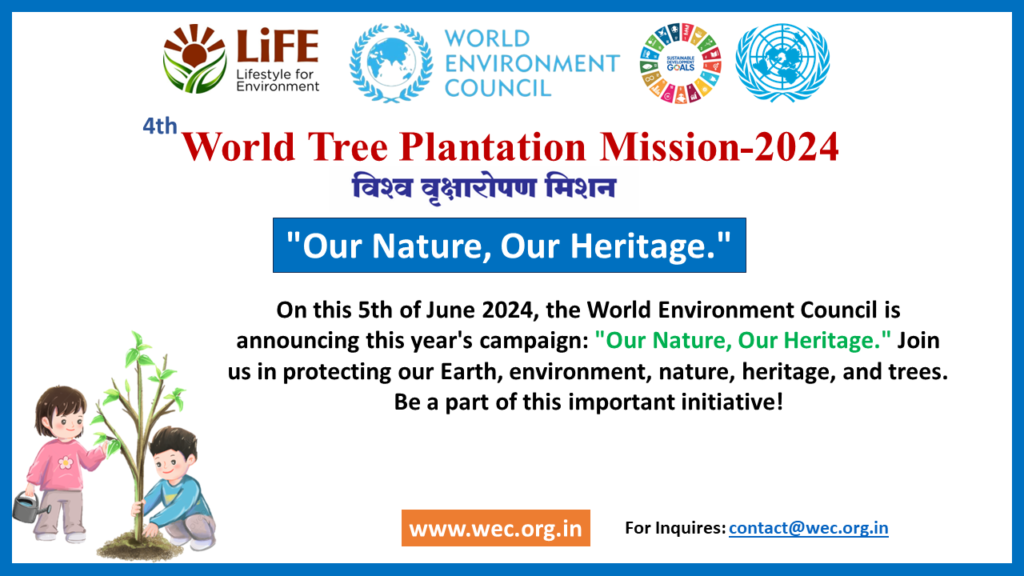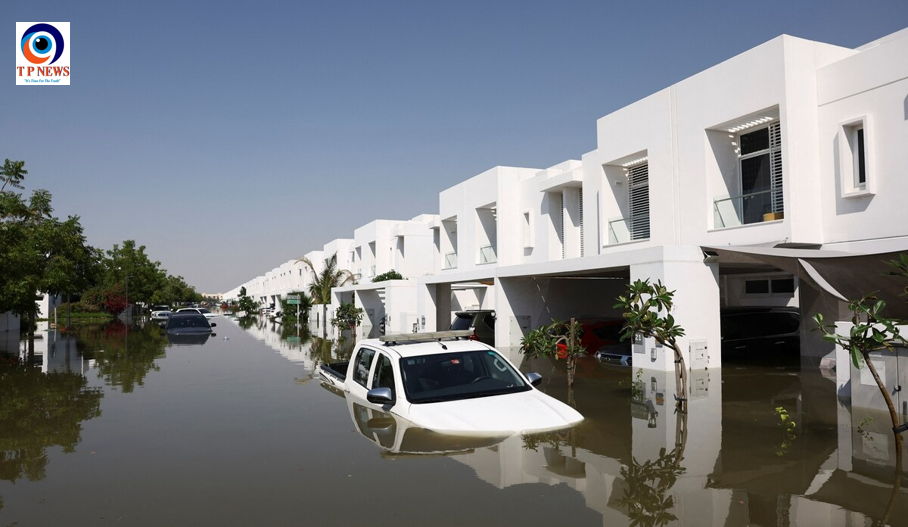Pune: On the occasion of World Environment Day 2024, Queens Merry Technical Institute (QMTI), Pune, in collaboration with the World Environment Council, organized a grand plantation drive aimed at enhancing the campus’s greenery and promoting environmental sustainability. The event saw the enthusiastic participation of faculty, students, and esteemed guests, marking a significant step towards a greener future.
A Green Initiative: Over 60 Varieties of Trees Planted
In a spirited effort to contribute to the global environmental cause, over 60 varieties of trees were planted across the QMTI campus. The selection included native species such as Peepal, Banyan, and Neem, as well as the visually striking Purple tree. Each tree was carefully chosen for its ecological benefits, including air purification, shade provision, and contribution to biodiversity.
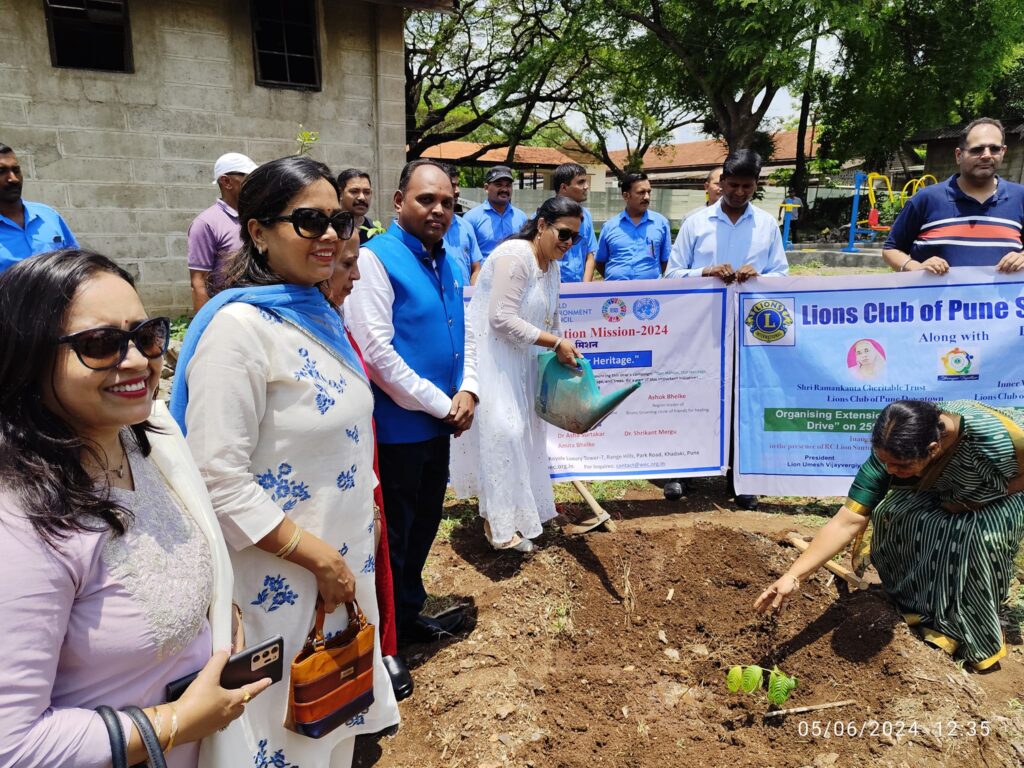
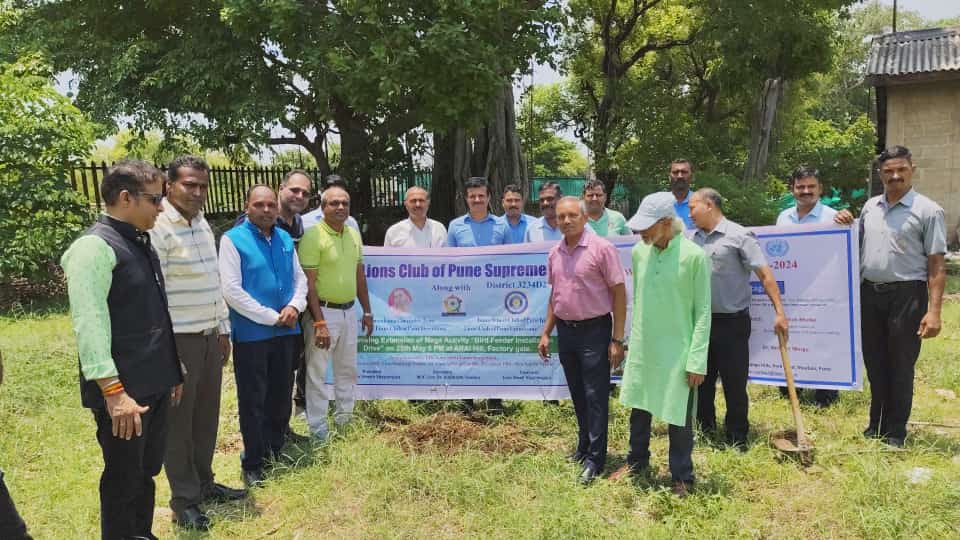
Dignitaries and Participants
The tree plantation drive was graced by the presence of QMTI CEO, Mr. Ballewar, and Shri. Ashok who inaugurated the event with a motivational speech emphasizing the importance of individual and collective actions in combating climate change. Other notable attendees included:
Prof. Ganesh Channa: Highlighted the educational significance of such initiatives, stressing how hands-on environmental activities enhance student learning and engagement.
Mr. Umesh Sir: Praised the initiative and encouraged continuous efforts in maintaining and nurturing the planted trees with Bird feeding pots.
Ms. Anantlaxmi Kailasan: Spoke about the long-term benefits of tree planting for future generations and the role of students in sustainable development.
Ms. Manisha Nimbalkar: Shared insights on the ecological importance of the planted species and their role in local ecosystems.
Mr. Shrikant Mergu: Expressed gratitude to the participants and emphasized the importance of community involvement in environmental conservation.
Students and Faculty Unite for a Cause
The event witnessed active participation from both students and faculty members, who rolled up their sleeves and got their hands dirty to plant the trees. Their dedication and enthusiasm were palpable, reflecting a shared commitment to environmental stewardship. The hands-on experience not only contributed to the beautification of the campus but also instilled a sense of responsibility and pride among the participants.
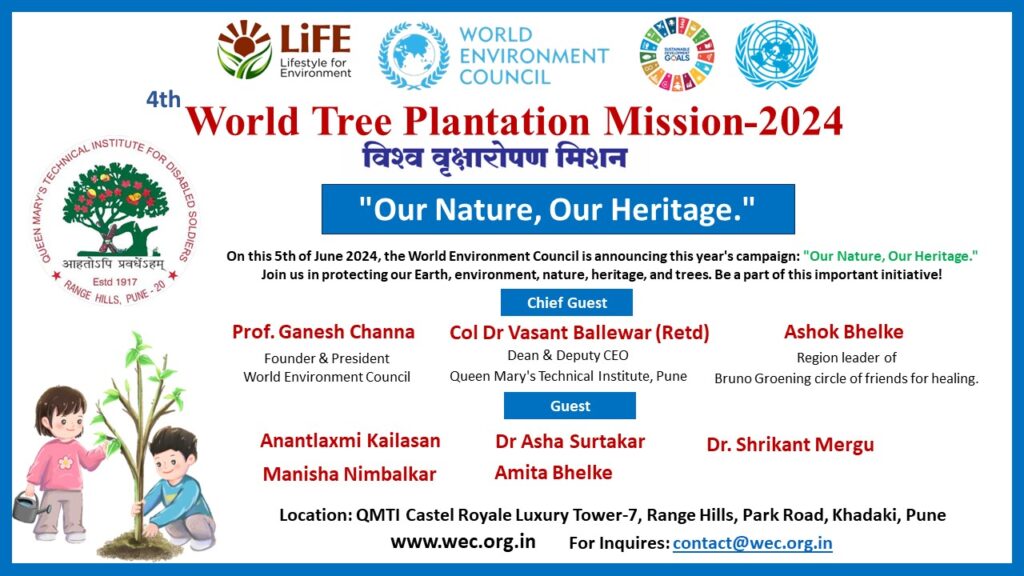
A Community Effort
The tree plantation drive at QMTI was more than just an event; it was a powerful statement of the institute’s commitment to sustainability. By involving the entire academic community, QMTI demonstrated how educational institutions can play a pivotal role in fostering environmental consciousness.






